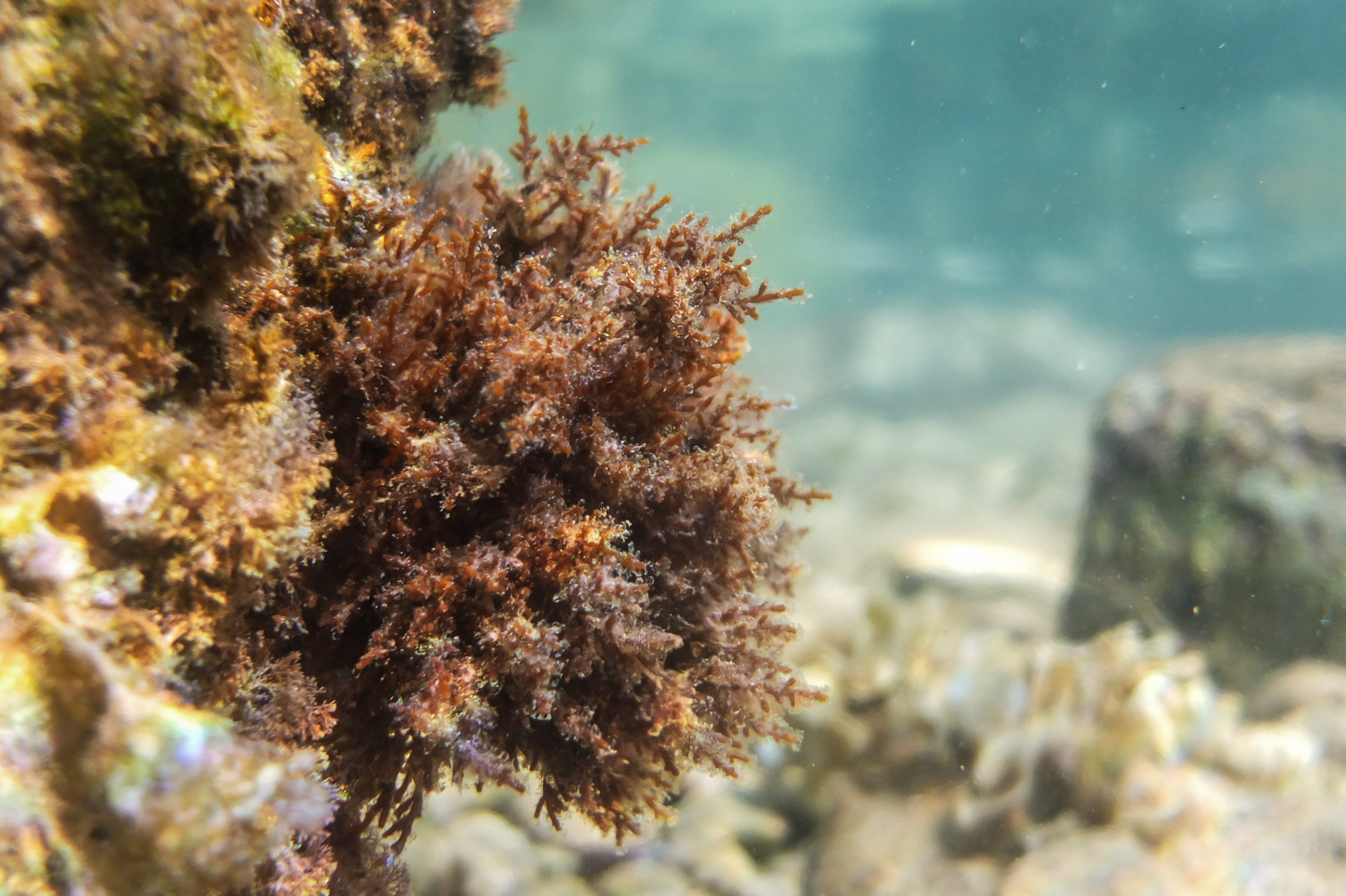
Welcome to my aquatic world of photography, where bubbles are my constant companions and light is a unique artist that plays with shadows in an entirely new way 😮. I’ve been diving into the magic of photography for some time now. I’m capturing countless moments on land. But it’s only recently that I’ve ventured into the unknown depths—the world of underwater photography 🐟. With the equipment I had at hand, I embarked on this challenge with full passion and a desire for discovery. And the adventure I’ve experienced in capturing underwater photographs? Unforgettable! Every shot and every moment under the water was a brand new experience.
And when I look at these underwater photographs of mine, I can’t help but smile 😄. They’re far from the perfection I see in seasoned practitioners of underwater photography. But they’re perfect for me. Some are a bit blurry; others capture a fish that decided to flee the frame just at the click; yet others are full of sea particles tossed around. But each of these underwater photographs has its own story and charm. They are my view of the wonderful underwater world and my memory of moments spent under the waves. No, they’re not for a magazine cover or a gallery exhibition, but these underwater photographs are mine. And in these imperfections, in this chaos, I find a spark that keeps bringing a smile to my face 😄.
Learning underwater techniques with the Fuji X10 and DiCAPac housing was like dancing to the rhythm of the waves. Sometimes complicated, but always joyful and rewarding. Now, I’m sharing this journey with you. My mistakes, my successes, and, above all, my joy in discovering the underwater world through the lens. Let’s dive in and capture more underwater photographs 📸!
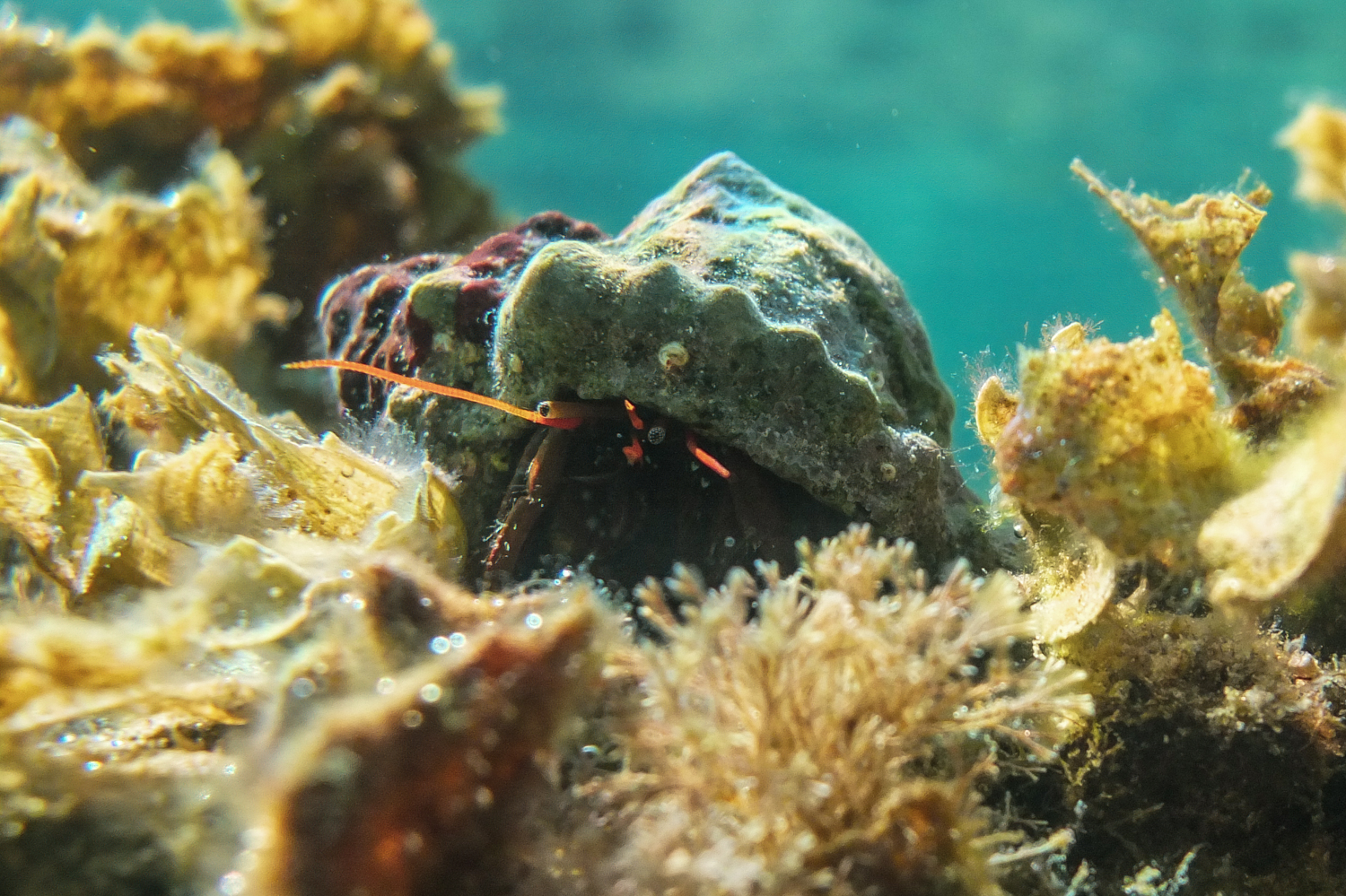
A Brief Overview of Underwater Photography and Its Popularity
Underwater photography is one of the most enchanting and technically demanding forms of photography. For decades, divers and photographers have been seeking the best methods to capture the unique beauty of the underwater world. From colorful coral reefs to stunning sea creatures.
With technological advancements, the possibilities and accessibility of taking underwater photographs have increased. They are eading to its surge in popularity among professionals and us amateurs. Underwater photography has a special place in many hearts because people are becoming more and more fascinated by what lies beneath the surfaces of oceans, lakes, and rivers.
The world of underwater photographs
In the world of underwater photography, choosing the right equipment is essential. While there are many specialized cameras and housings available, many photographers turn to tried-and-true products. The Fuji X10, known for its excellent performance in compact form, has proven to be a popular choice among many. When this camera is paired with the DiCAPac Waterproof Case WP-S3, a sturdy and reliable waterproof housing, it becomes the ideal combination for those wishing to explore the underwater world without a significant financial investment. These two products together offer quality, reliability, and affordability. They are perfectly aligned with the growing interest in capturing stunning underwater photographs.
As a form of photography, underwater photography is unique and challenging due to various factors. First, water can significantly alter how light travels and refracts, affecting the colors, sharpness, and contrast of an image. Second, the movement of water, floating particles, and varying light conditions can present additional challenges. The equipment required for underwater photography must be robust and waterproof, adding to the complexity of the process.
Though I’m entirely new to this, I quickly realized that underwater photography requires patience, adaptability, and a commitment to learning. Every dive is an opportunity for exploration and learning. So I look forward to every new experience this form of photography brings.
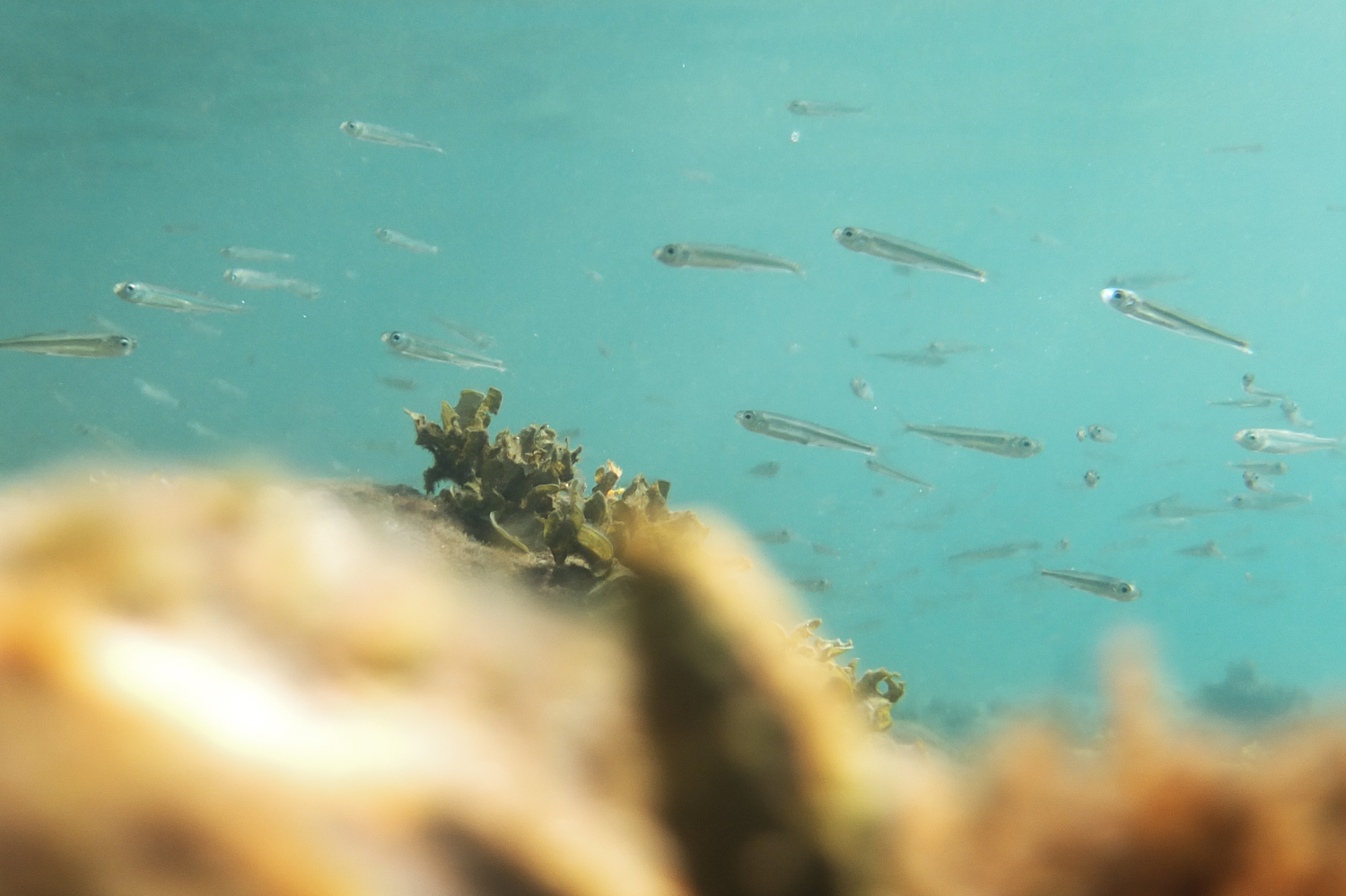
What about the equipment?
Entering the world of underwater photography can often be daunting due to the expensive and complicated equipment some consider necessary. However, the combination of the Fuji X10 and DiCAPac housing proves otherwise. This is wonderful equipment that’s ideal for beginners, amateurs, and anyone enthused by the underwater world. I’ve been surprisingly thrilled with the quality of underwater photographs I’ve been able to create with this duo. And I’m already looking forward to diving into new underwater experiences. If you’ve ever thought about exploring the wonders beneath the water’s surface with a camera in hand, this might be the perfect time to start.
I’m amazed by the quality of the underwater photographs I’ve taken with this equipment. The Fuji X10 is truly exceptional. Despite its compact size and form, the performance of this camera is incredible. The colors are vibrant, the details are sharp enough, and it performs excellently even in poorer lighting conditions. Pairing this camera with the DiCAPac housing additionally enabled me to delve into the world of underwater photography without worrying. It’s worth every penny, and I recommend it to anyone seeking quality yet affordable equipment for their journey into capturing breathtaking underwater photographs.
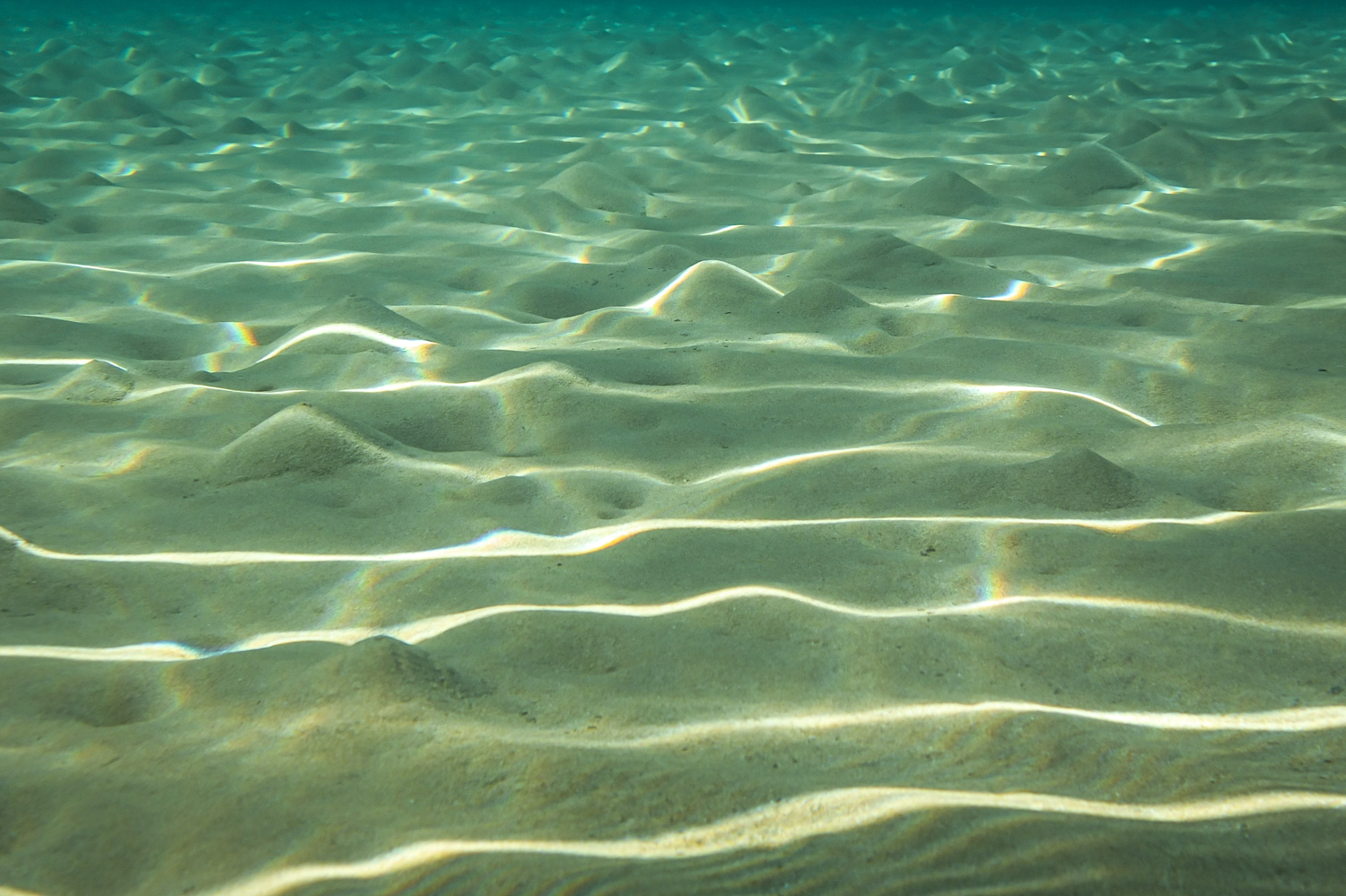
How to Photograph Underwater with the Fuji X10
Underwater photography is a magical art that offers a glimpse into the mysterious world hidden beneath the surface. Although this form of photography is incredibly beautiful, capturing underwater photographs also brings its own unique challenges.
Understanding Light Underwater
One of the biggest challenges to taking underwater photographs is understanding light. Underwater, light doesn’t travel the same way it does above the surface. Water filters light, meaning that with each meter of depth, a certain color from the spectrum is lost. Yellow and green are the first colors to disappear, followed by red and orange. This can cause your underwater photographs to appear bluish or greenish. Using external flashes or underwater lights can help restore these lost colors.
Image composition
Underwater, the world opens up in all three dimensions. Mastering composition rules, such as the rule of thirds, is crucial for underwater photographs. Look for interesting underwater elements to become the main subject of your shots. Additionally, always be ready, as underwater scenes change rapidly. You can also move vertically to find the best angle for your underwater photographs.
Managing Movement and Focusing
Underwater, you may find it harder to keep your camera stable, especially if you are diving without a buoyancy compensator. Use fins to stabilize your body, and try to hold your breath when taking underwater photographs to minimize shaking. Regarding focusing, note that most autofocus systems may not work correctly underwater. Manual focusing or using preset focus settings can be a more reliable choice for capturing clear underwater photographs. Underwater photography involves continuous learning and adaptation. Each environment brings new challenges and opportunities. With some practice, exploration, and patience, you’ll be able to create stunning underwater photographs that capture the beauty of the hidden world forever.
How the Fuji X10 Performs in Underwater Conditions
The Fuji X10 isn’t designed as a specific underwater camera, but with the right protective equipment, such as a waterproof housing, it can be suitable for underwater photography.
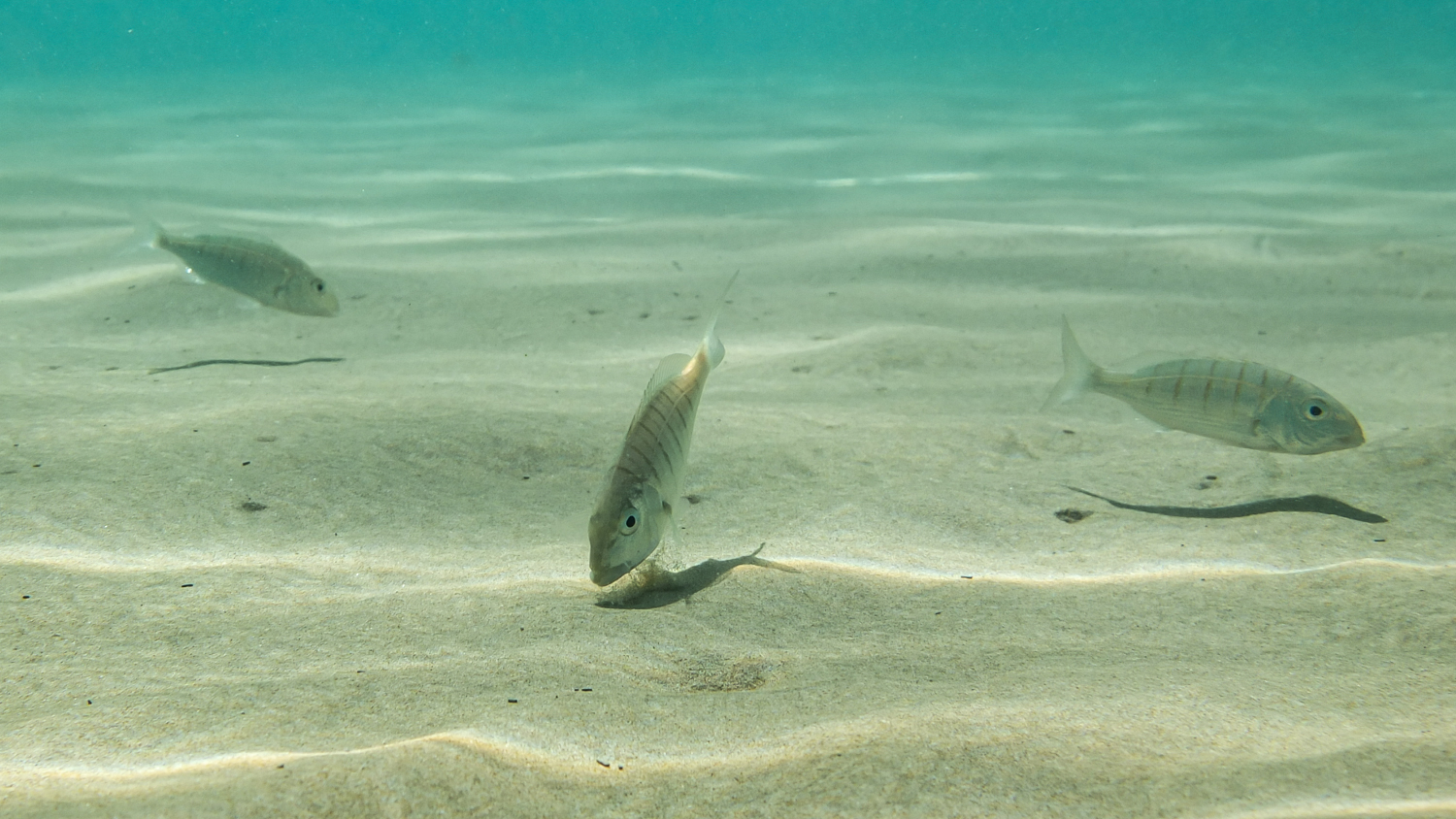
How the Fuji X10 performs underwater depends on several factors
- Sharpness and Color: When the X10 is housed in a quality underwater casing, it maintains the ability to capture clear and color-accurate underwater photographs. The large EXR CMOS sensor, combined with a bright lens, ensures that underwater images remain sharp and vibrant.
- Setting Adjustability: The Fuji X10’s manual controls are crucial in the variable lighting conditions underwater. Adjusting settings based on depth and water clarity is key to achieving the desired results in your underwater photographs.
- Compactness: The Fuji X10 is relatively light and compact, which is an advantage in underwater conditions. The smaller weight and size allow for greater mobility and less strain on the diver.
- Durability with Housing: When the Fuji X10 is protected with a waterproof housing, it’s shielded from water entry, dust, and shocks. The proper housing enables the camera to function in various underwater environments, from shallow dives to deeper explorations.
- Camera Interaction: Depending on the protective equipment chosen, some housings may provide easier access to all the camera controls, while others may limit some functions.
In conclusion, while the Fuji X10 wasn’t designed as an underwater camera, the right equipment can enable it to take solid underwater photographs. Of course, the outcome will depend on the photographer’s skills, the quality of the waterproof housing, and underwater conditions. For those wanting to explore the underwater world without needing a specialized underwater camera, the X10 with the right housing can be a very satisfying choice.
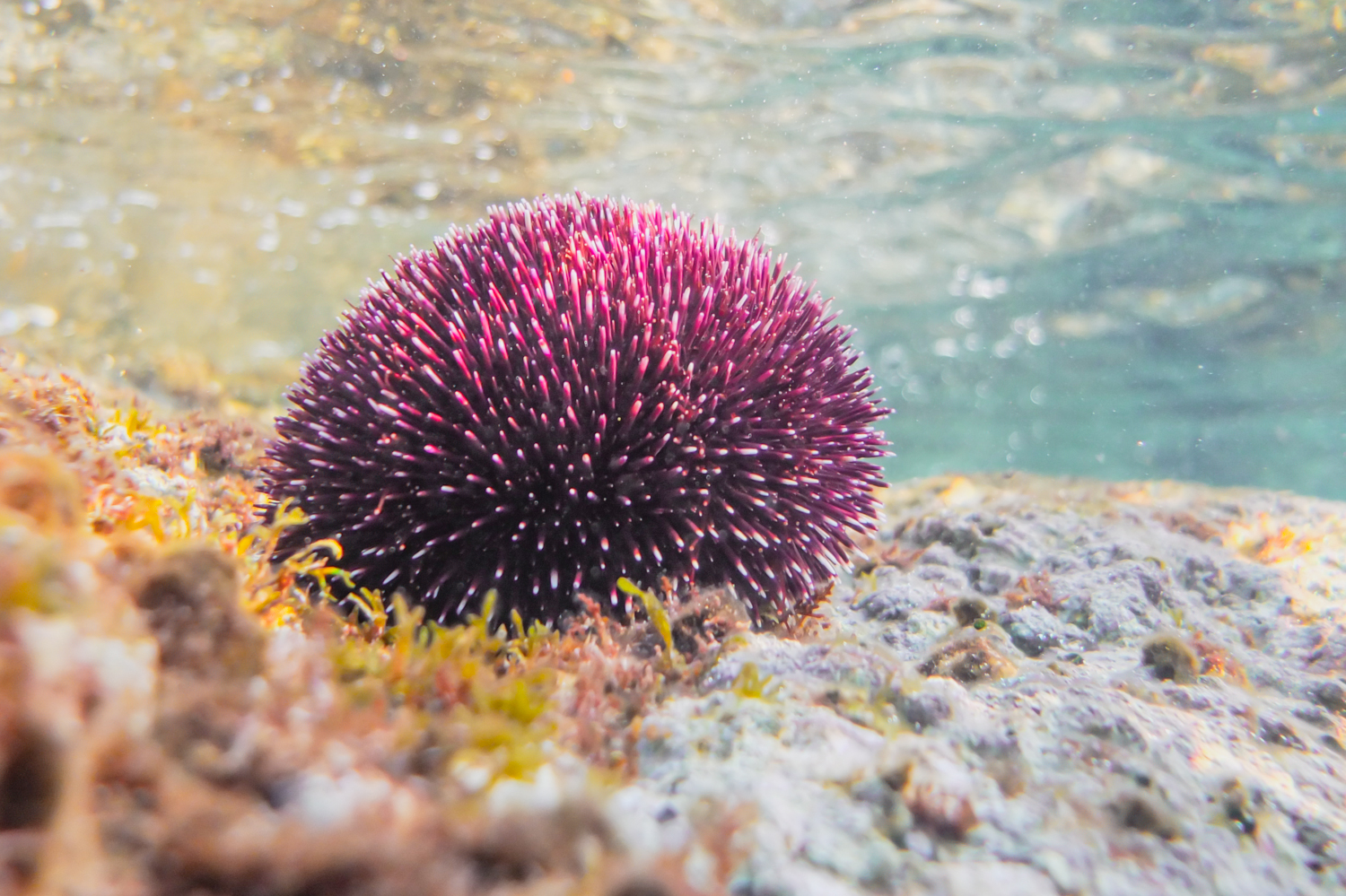
Protection and Functionality
The DiCAPac WP-S3 is a high-quality waterproof case designed to shield compact cameras from water elements, enabling the capture of stunning underwater photographs. Capable of submersion to depths of several tens of meters, this case provides protection not only from water but also from dust, sand, and impacts, making it ideal for adventurous photographers who are keen on taking underwater photographs.
Benefits and Key Features of the Case The DiCAPac WP-S3 is the right choice for any underwater photographer. Its waterproofing allows for the exploration of the underwater world at impressive depths, while the transparent case offers a clear view of the LCD screen and all camera controls, essential for framing and capturing perfect underwater photographs. But that’s not all; this case also provides complete protection from dust, sand, and impacts. For added functionality, it comes with an integrated handle and the option to attach various straps, making it easy to carry. And let’s not forget the built-in air vents that prevent condensation and ensure the case stays afloat. Combined with the quality and performance of the Fuji X10, the DiCAPac WP-S3 is the ideal partner for all your underwater adventures.
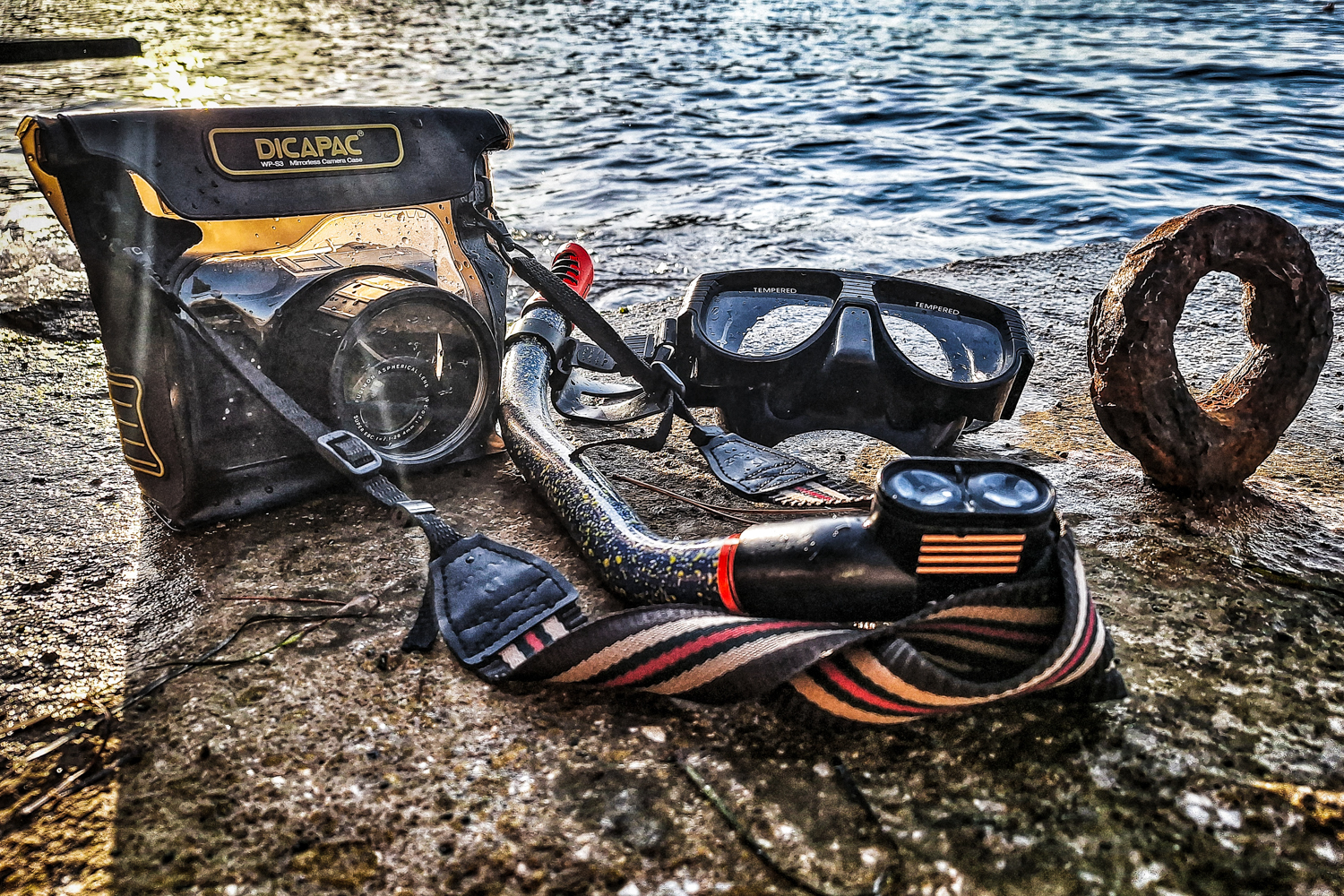
Cleaning and maintaining the Fuji X10 and DiCAPac cases
Diving into the underwater world with a camera in hand is an exciting adventure, but proper maintenance is key for the equipment’s longevity and for beautiful underwater photographs. Here are some basic steps and tips:
- Rinse with fresh water. After every dive into salty or chlorinated water, it’s crucial to rinse the case with running fresh water. This removes any remnants of salt, chlorine, and potential impurities that could cause damage or cloudiness over time.
- Camera cleaning: When not in use, wipe the camera with a soft, damp cloth to remove dust and water droplets. The contact parts are especially sensitive, so clean them with an alcohol-based cleaner, but only with the battery and card removed.
- Seal inspection: The case’s seals are vital for ensuring water tightness. Regularly check their condition and clean them from salt, sand, or any other impurities using a brush or soft cloth.
- Drying: After cleaning, place the case and camera in a dry, ventilated area. Avoid direct sunlight, which can cause damage or cloudiness.
- Storage: Once the camera and case are completely dry, store them in a cool, dry place. Leave the case open to prevent moisture accumulation and condensation inside it.
- Additional tips: Avoid exposing the equipment to extreme temperatures and direct sunlight. During prolonged periods of non-use, soak the case in fresh water to keep the seals flexible. Also, invest in quality accessories that will protect your equipment from scratches and impacts. With a little care and regular maintenance, your equipment will be ready for all the underwater adventures and photographs you wish to capture!
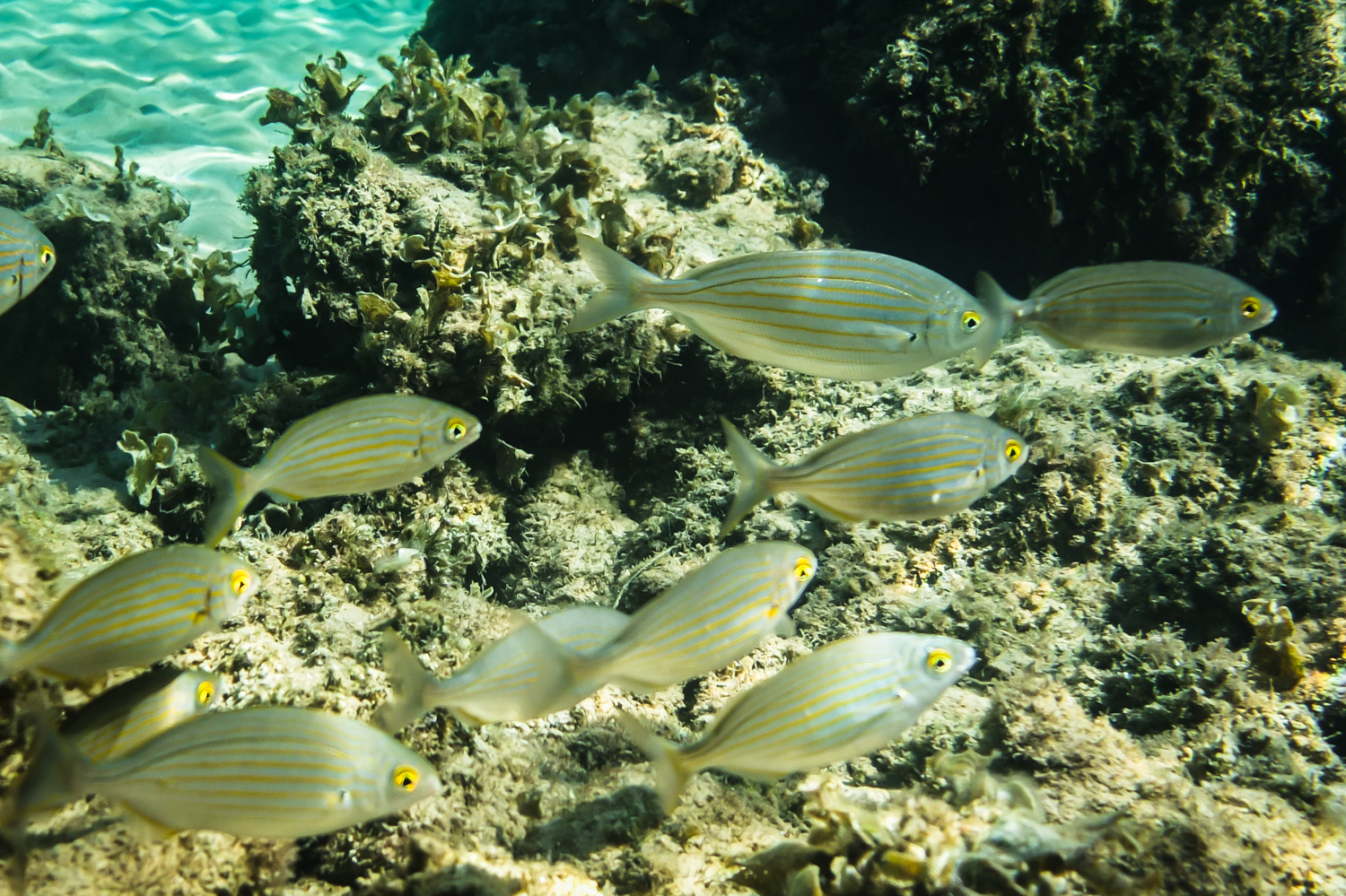
Conclusion
Every dive into the water’s depths constantly reminded me of the wonders hidden in the underwater world. Of how precious every discovery down there is. With the Fuji X10 encased in the DiCAPac WP-S3, I ventured into a world where light dances in unique ways and where every moment is an opportunity for a beautiful underwater photograph. Of course, I faced challenges, from maintaining buoyancy with just a mask and snorkel to preventing sediment from stirring up from the bottom. But each challenge became part of my adventure and part of my story. And these experiences, both good and those less pleasant, have shaped my view through the lens.
To dive into the magical depths of the ocean with the Fuji X10 in hand was a very special adventure. It combined my passion for photography with my curiosity about the sea depths. Each photograph, each shot, was a reflection of my personal perception of the underwater world. And while the technical characteristics of the camera and the right equipment play their part, it’s the personal experience that tells the best story. Struggles with swimming, challenges with buoyancy, and sediment were all part of this learning journey.
But each challenge became part of my adventure and part of my story. And these experiences, both good and those less pleasant, have shaped my view through the lens. At the end of the day, when I review the photographs, I remember those mostly ear-to-ear, smiling little moments that led to the final image. Each picture is more than just a picture; it’s a memory, an emotion, or a moment captured in the form of underwater photographs 🌟.
Happy shooting 📸.
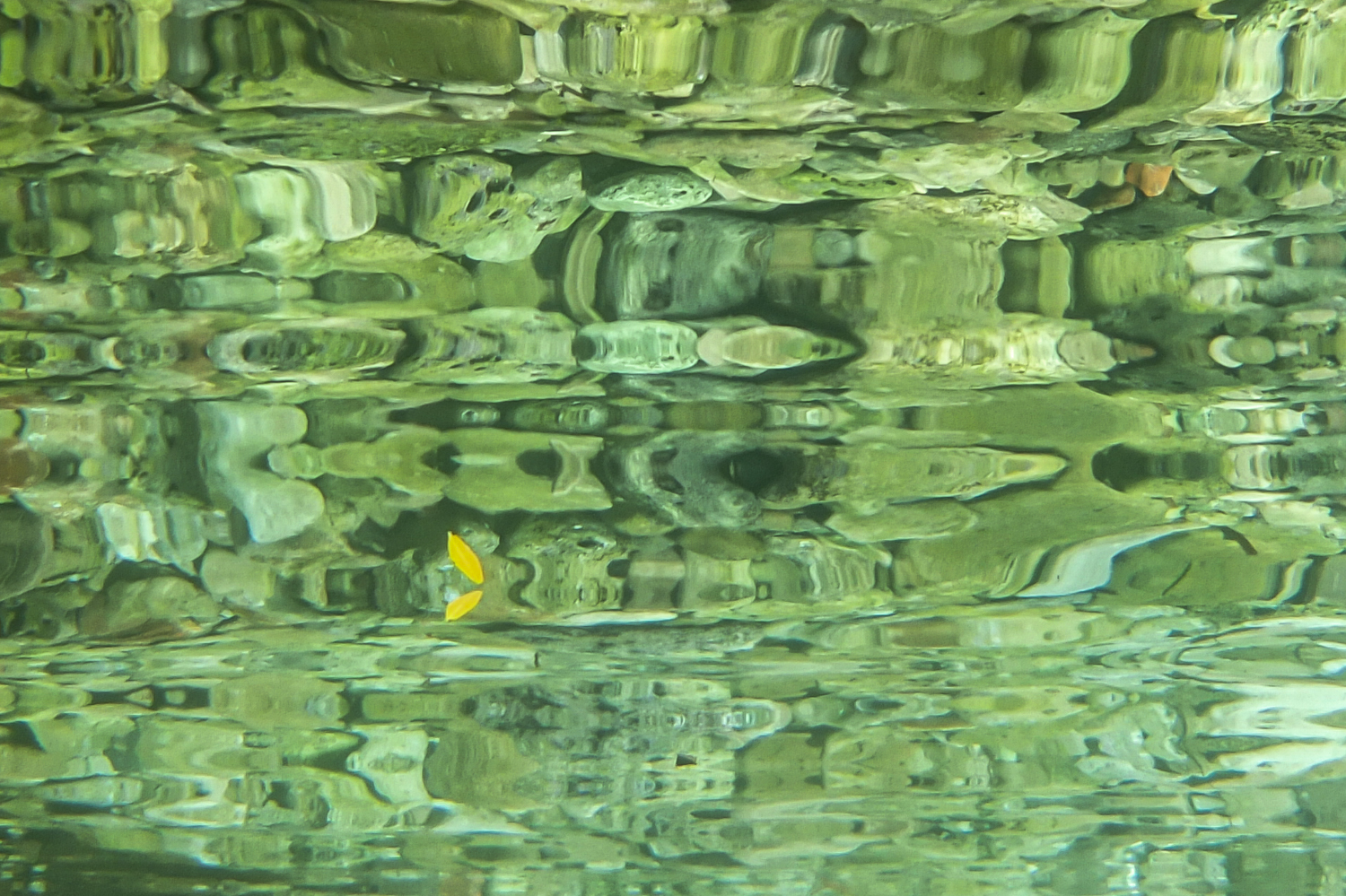
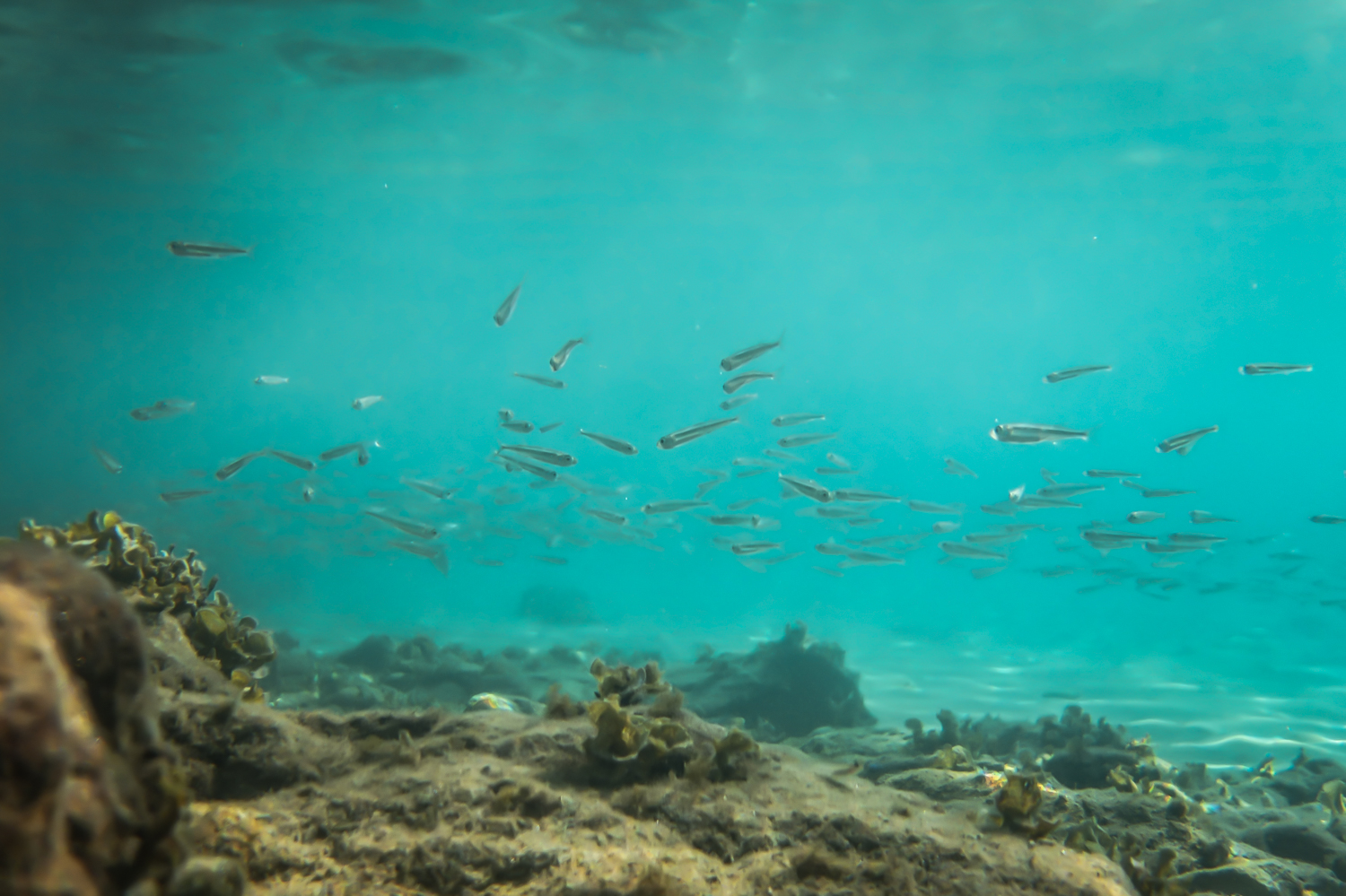
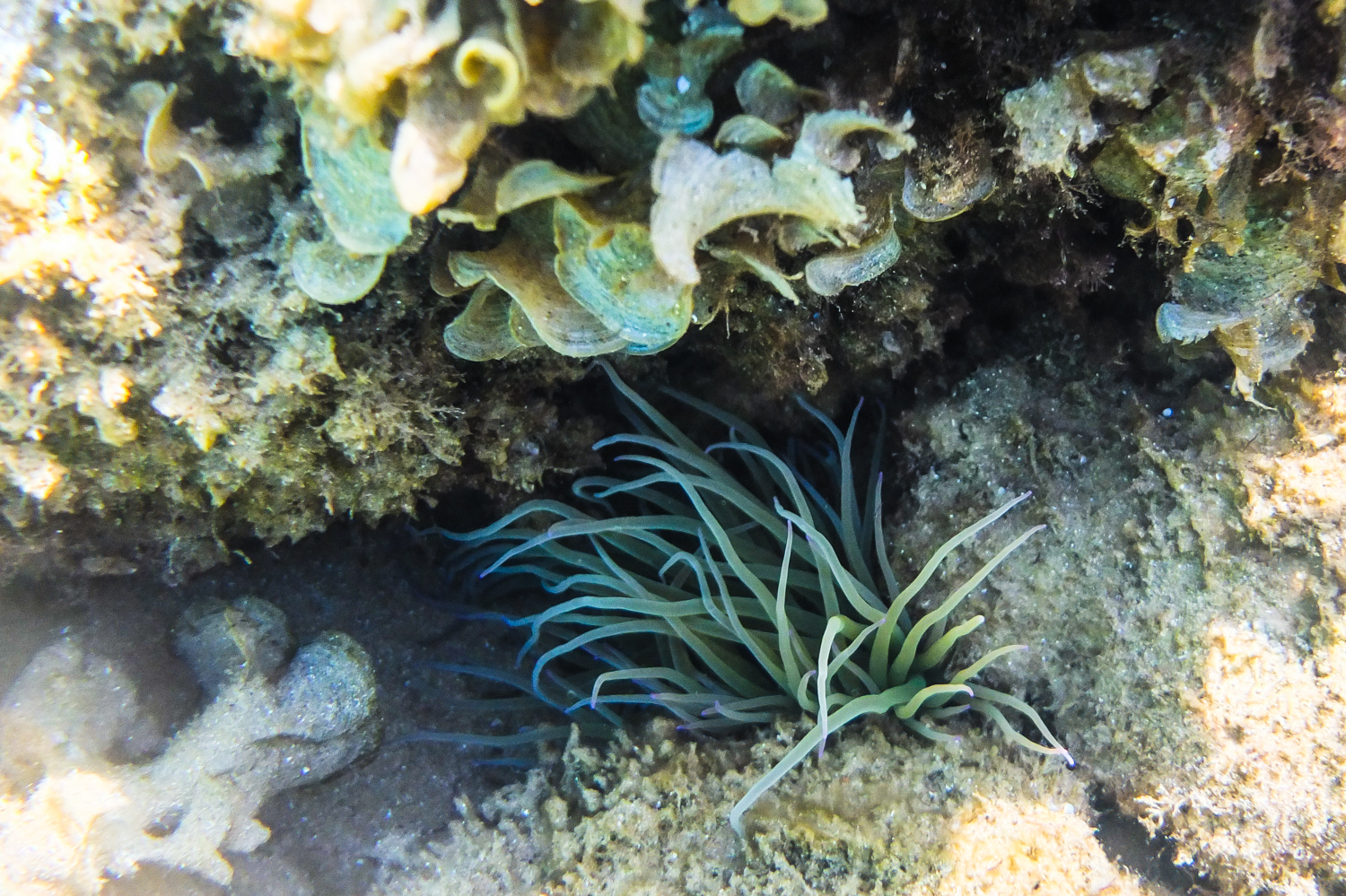
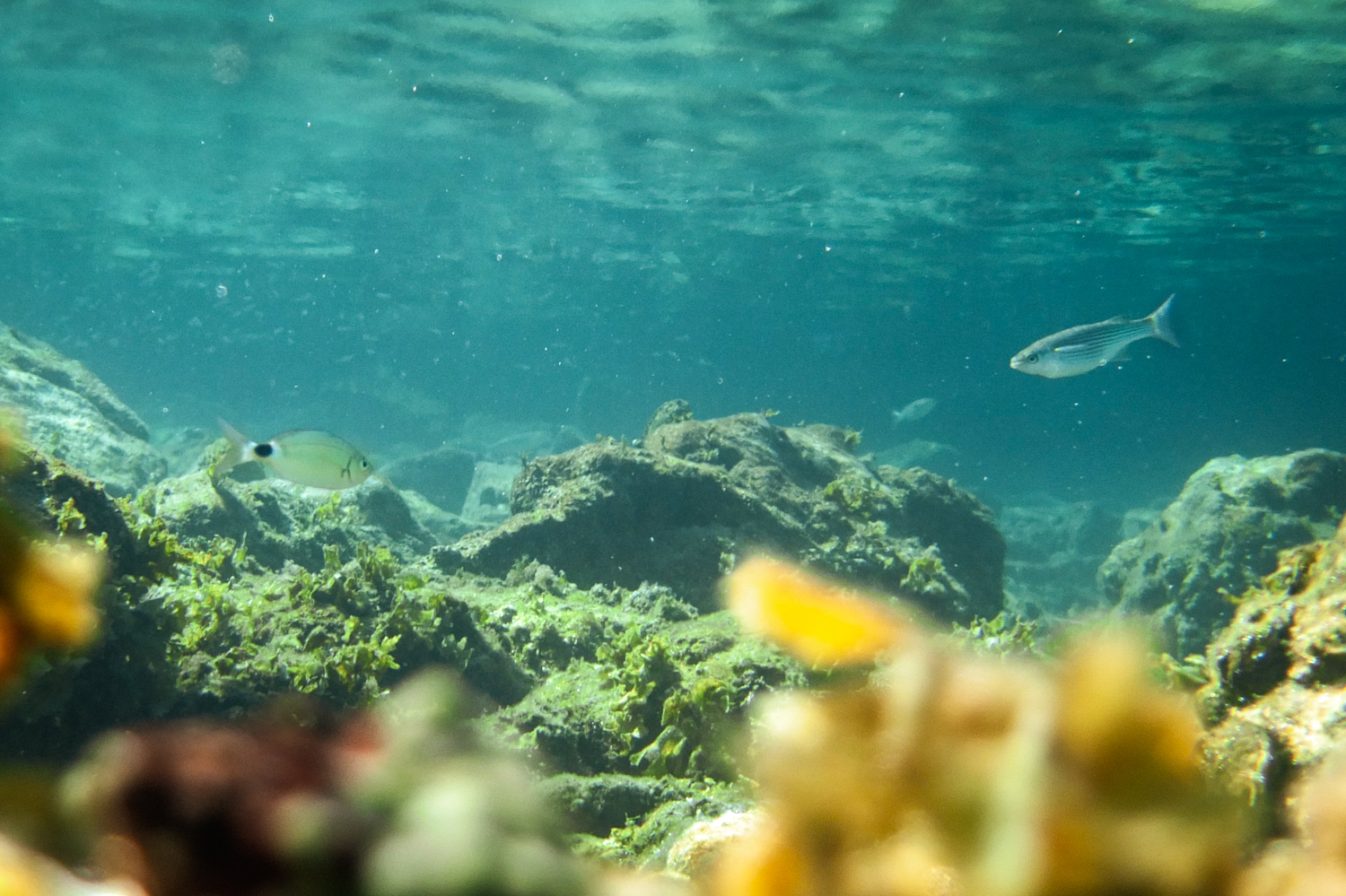
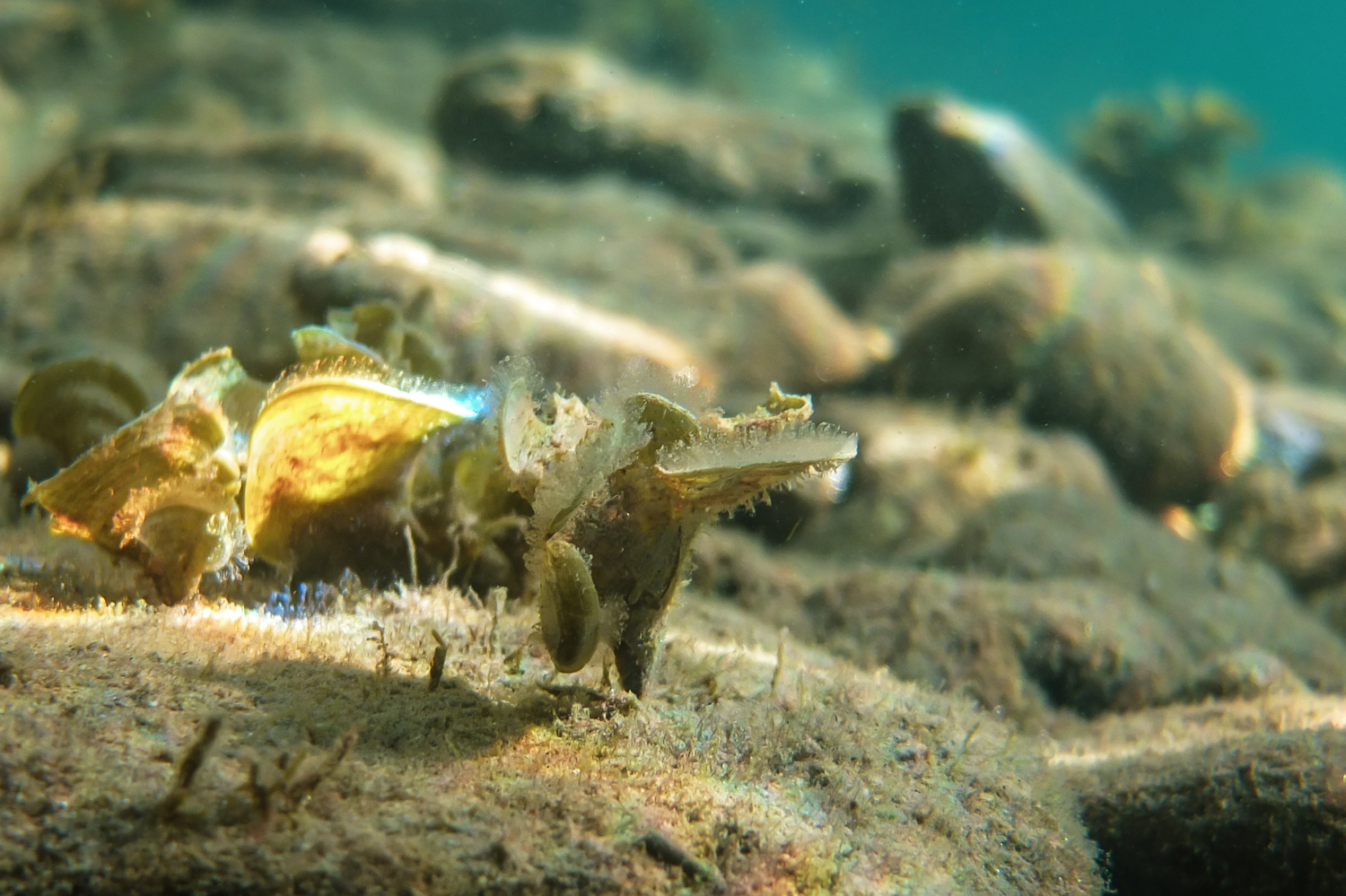
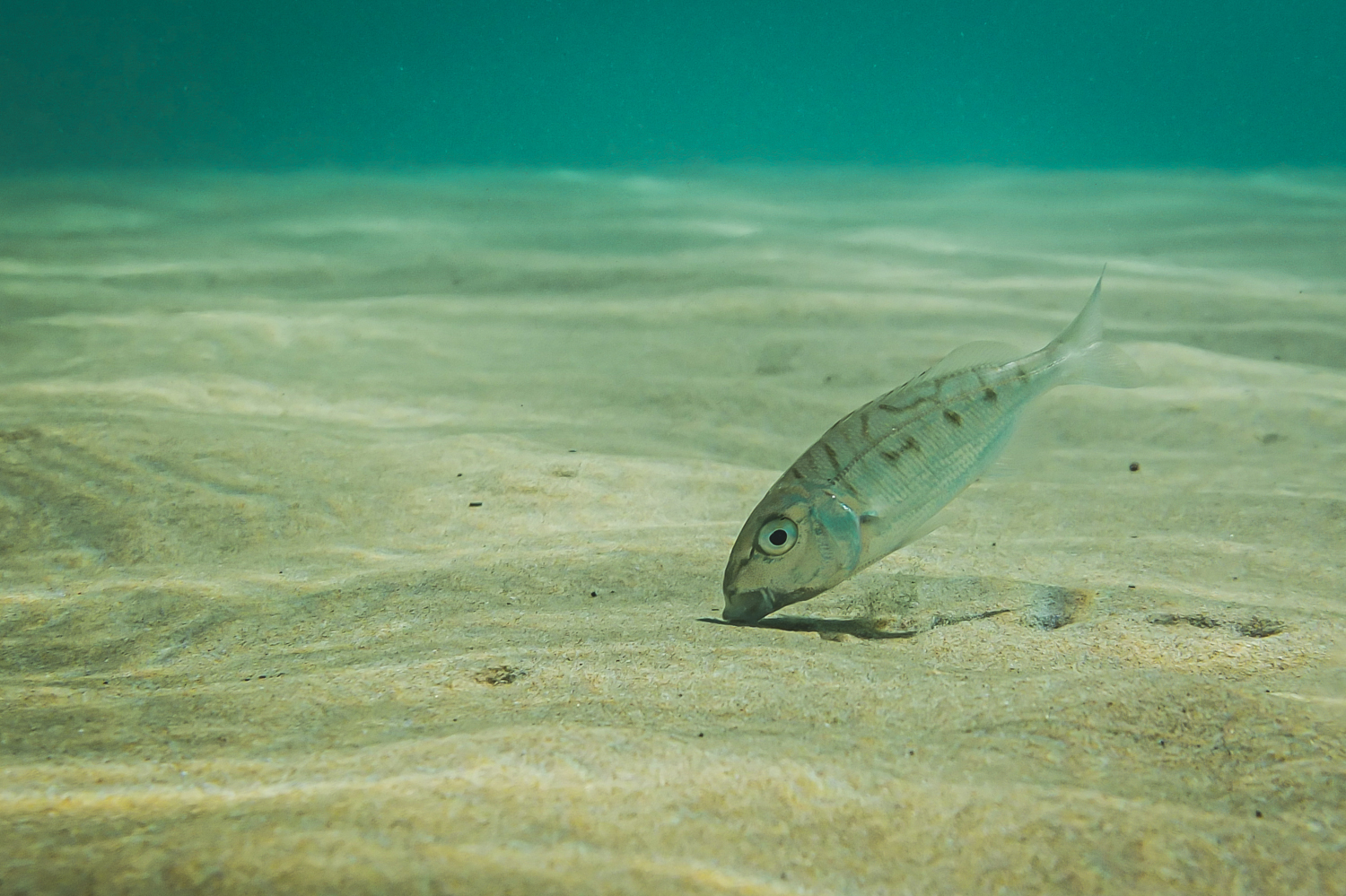
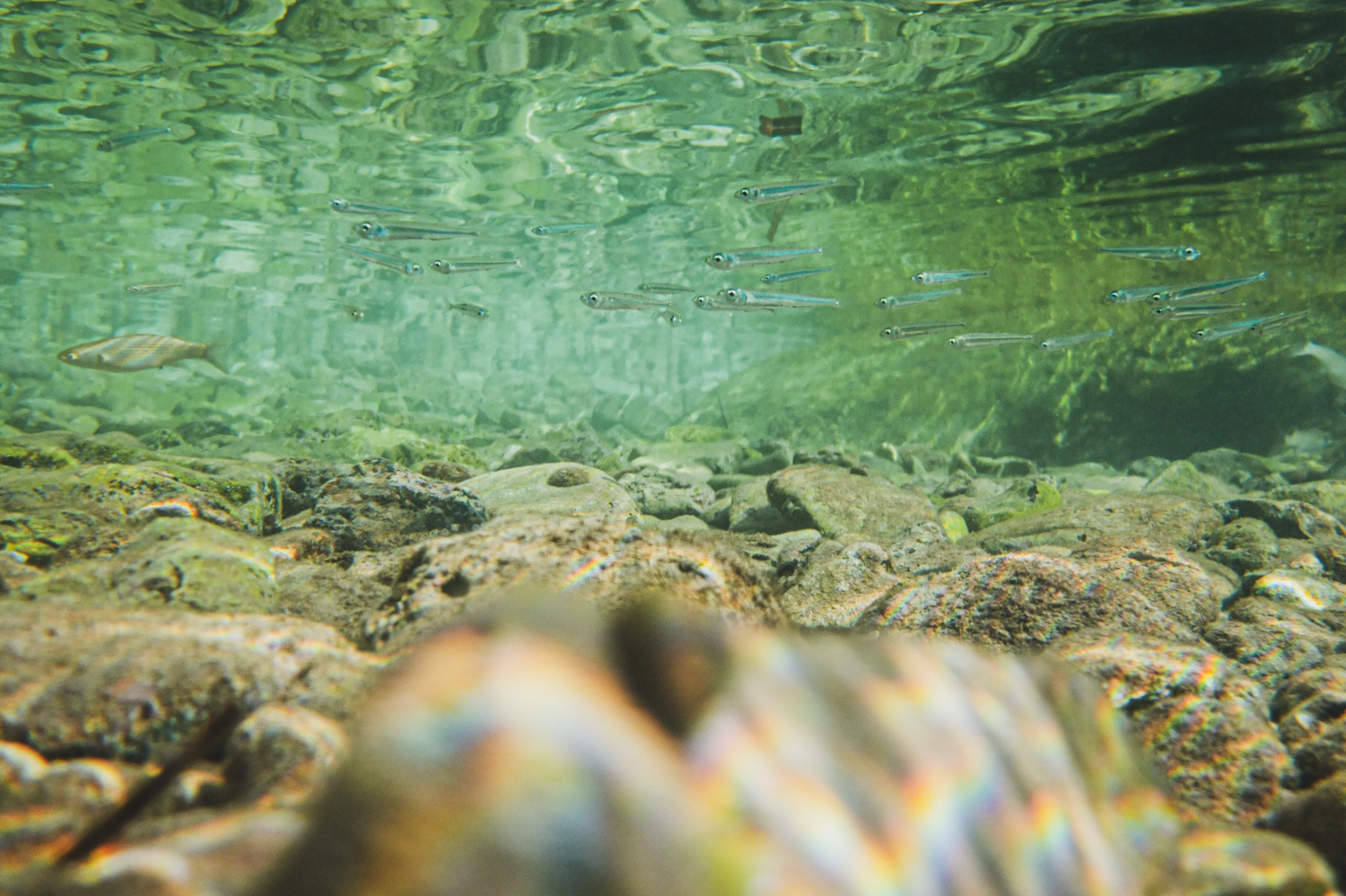
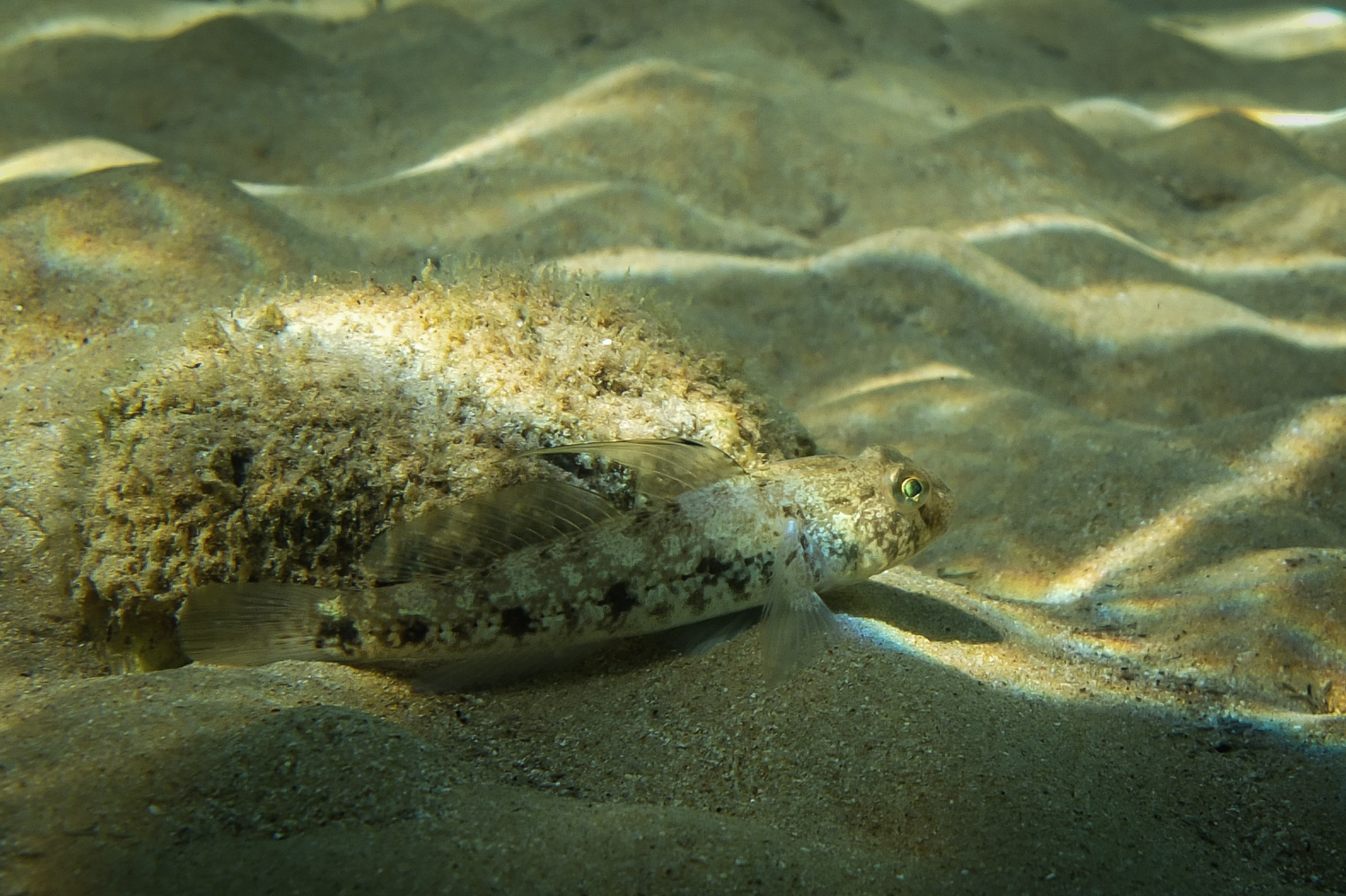
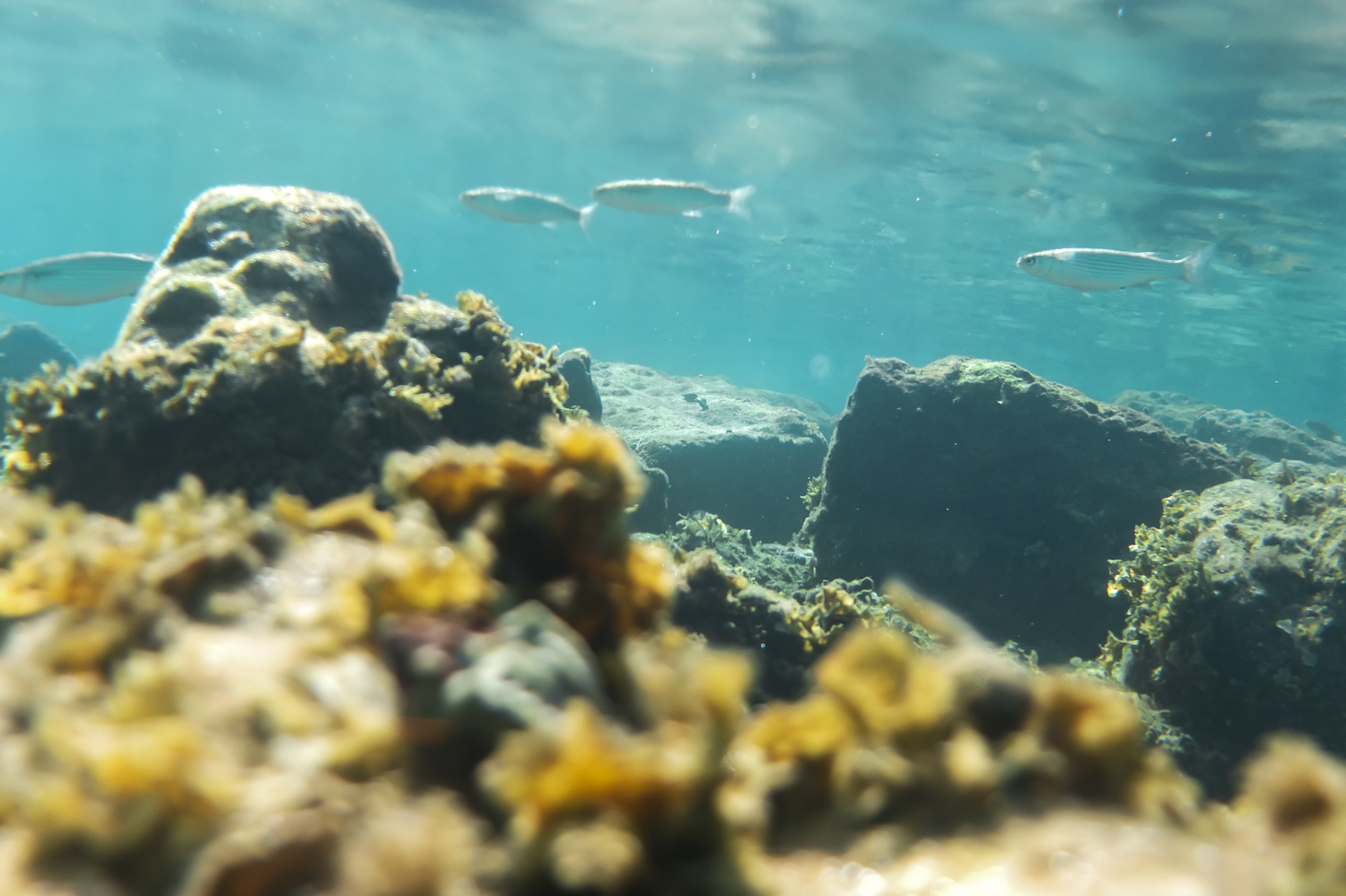
You’re welcome to follow me on Instagram 😀.